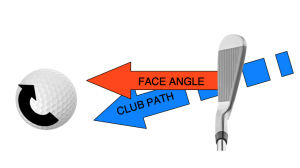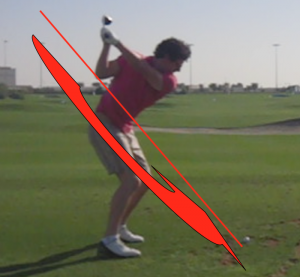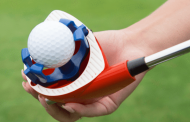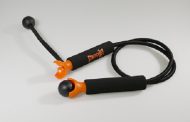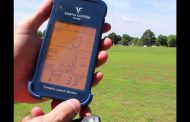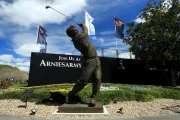One of the most common misunderstandings among the average golfer is that “the golf ball should fly straight. I constantly hear this when I start working with a student, yet when you look at some of the best players in the world you will always see them curve the ball one direction or another. This is simply because they understand that having a consistent shape to their shots will produce far better results with much less effort, than actually trying to produce “a perfectly straight shot”.
The first key to developing a shape to your shots is understanding how to create either a draw (right to left shape) or a fade (left to right shape) and which shot may suit your game better. Generally speaking a draw shape would be a better ball flight for the average golfer to play with as it will produce a higher ball speed with the same swing speed giving them more distance as a result.
However, should you be a player who does not lack any distance and tends to hit golf shots that curve significantly left of the target, working more towards a fade shape may give you some more control with the golf ball.
What creates a draw & fade?
There are several different components that can affect the shape of the golf ball, however if we assume the ball is struck off the middle or very close two it, there will tend to be two overriding factors. These two factors are the club face aim (at impact) and the direction the club is moving (club path). How steep or shallow the club approaches the ball from will affect the physical path of the club, but when we have a general understanding of the face and path relationship you can begin to understand how to create these shots.
If we consider the ball to target line as a reference point as you would look at a player from a down the line view, anywhere to the right would be considered “out” anywhere to the left would be considered in. So as we look at the two images below we can see a club moving from in to out on the left, and out to in on the right. This refers to how the club moves relevant to that target line as it strikes the golf ball.
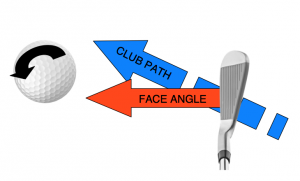 Launch conditions for a right to left curve
Launch conditions for a right to left curve
Launch conditions for a left to right curve
To hit a draw shape (right to left movement) we want to have an “in to out” club path, with a club face that points slightly left of where the path does. As we look at the player below you will see we have drawn a red line through the shaft of his club (shaft plane). As he begins to swing the club down towards the golf ball you will notice the club falls below that line. This will produce and in to out swing path, ideal for a right to left shape providing the face is pointing slightly to the left.
However should you curve the ball too much from right to left and wish to reduce that curvature, or if you would prefer to shape the ball from left to right, we must try to get the club closer to (to reduce the right to left shape) or above (to create a left to right shape) the plane line.
Understanding how the plane that the club travels on alters the path that the club produces can be a big help not only in improving most of your golf shots, but also in getting out of trouble should you need to curve it around something during the course of play.



